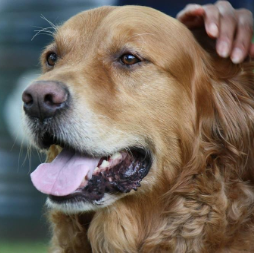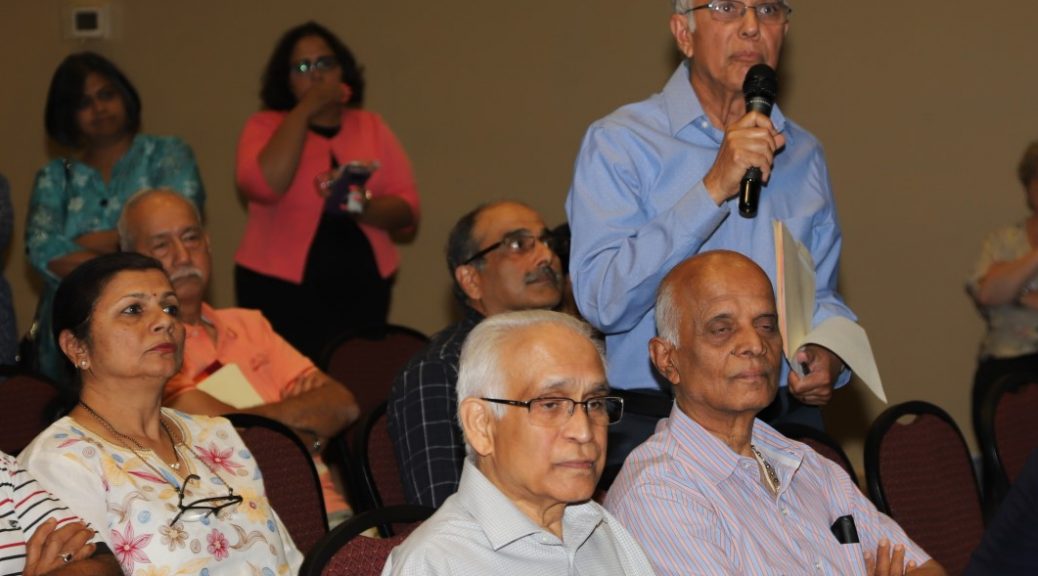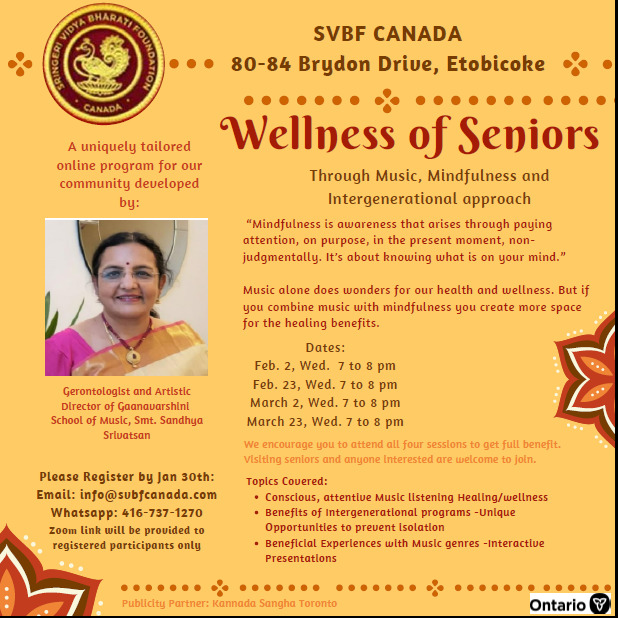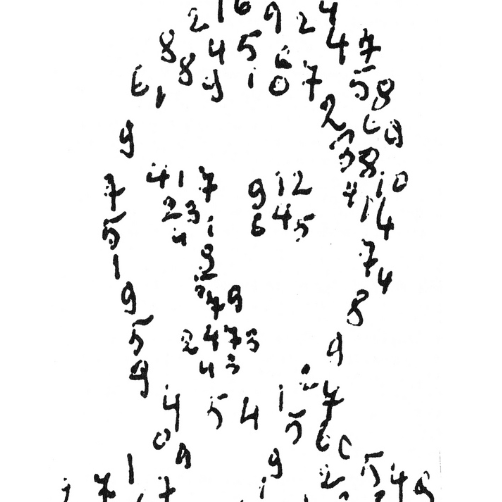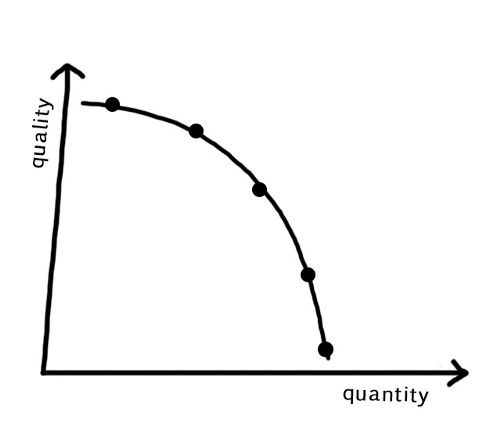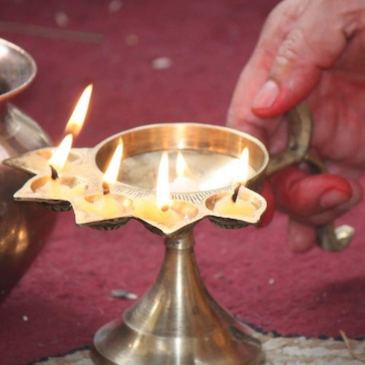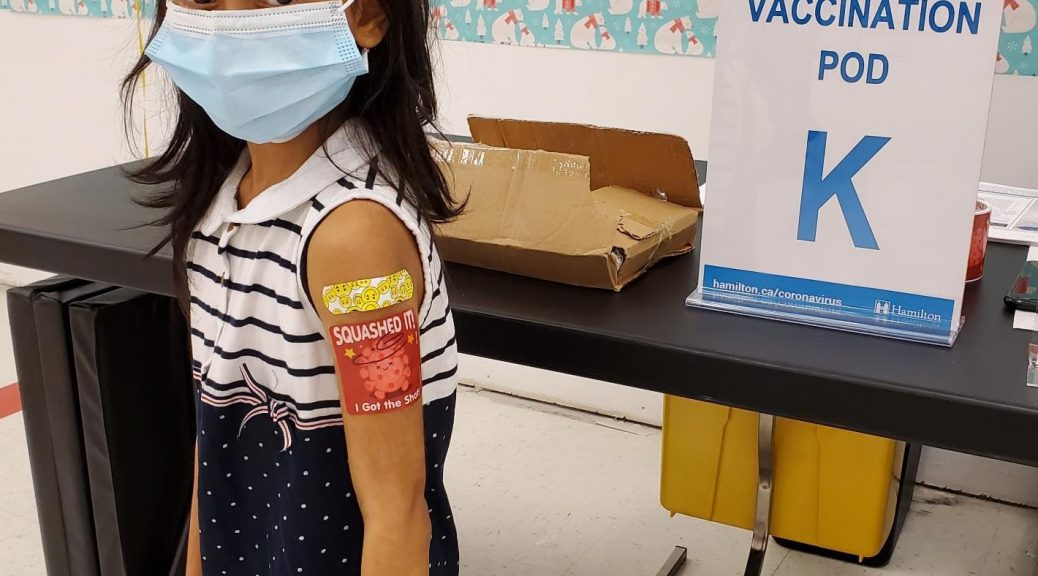Sunday, November 28, 2021 was a dark day that will never be forgotten. It was 6.30 a.m. and it was not a “Good Morning”. We were cruising on Highway 401 to our son Shashank’s house in Brampton, to witness the last breaths and pay our last respects to Midas, our family’s Golden Retriever, our Heartthrob. It was still dark with poor visibility and was snowing, the first snowfall in Toronto of winter 2021. Our hearts were heavy, just like the outside sky with dark clouds, beating fast. We were thinking of our loving Midas, now 13 and a half years old and about to leave us forever. Just two days earlier, Shashank called us to say that Midas’s health was declining rapidly in the last 10 days, as he was suffering from a tumour, a weak heart, and a fragile hip. At that point, he hadn’t been eating well or drinking much water for 2-3 days. It was painful to see Midas suffering like that and a hard decision had to be made to “put him to sleep” on Sunday, November 28, 2021, to relieve him from his agony/suffering.
We reached Shashank’s house at 8:15 a.m.and it was sad to notice that Midas wasn’t coming to the door to welcome us as he always had. We entered the house and there lay Midas, with his eyes turned in our direction. He didn’t have the energy to even get up and receive us, his tail which he normally wagged, now lying low on the floor. It was heartbreaking. Shashank, his wife Eve, my wife Sheetal and I fed him cooked chicken pieces that Sheetal made especially for him, which he ate to our satisfaction knowing perhaps that it was his last meal on this planet. The four of us sat around Midas, him turning his eyes to see each and every one of us in turn, as if expressing, “Good-Bye, my family members. Thank you for looking after me so well, thank you for all your love and thank you for everything you did for me.” We started chanting the Maha Mrityunjaya Jaap and Vishnu Sahasra Naam near his ears with tears held in our eyes, waiting for the vets to arrive to put him to sleep.
As we waited for the vets, the last 13 years flashed through my mind…





Being a person who always lived in apartments in Mumbai and Dubai, I never had a pet. When Shashank and Sheetal mentioned to me that they want to get a pet, I strongly opposed it, explaining the responsibilities and all the extra work that had to be put in to look after a pet. Just a few days later, Shashank showed me the picture of a very cute, small three-month-old Golden Retriever puppy, saying “Dad, I am bringing him home tomorrow”. I refused again but mother and son overruled my decision and a little puppy, our Midas, entered our lives in August 2008.
Since I showed my unwillingness to look after this pet, Shashank had to take Midas to his house in Hamilton, which he rented with his roommates while studying at McMaster University. Two months passed by and in October 2008, Midas returned to Scarborough for a visit, now well-grown into a big dog. He stayed with us for two days and returned to Hamilton. Shashank used to bring Midas to our home whenever he visited us. After Shashank graduated from McMaster a year later, along came Midas back to us. Midas was now a “Family Dog” rather than “Shashank’s Dog”.

I watched Midas every day, watched his actions and experienced his love and slowly but surely, he started growing on me. Being a good-looking, intelligent, obedient, and above all, a very loving dog, he made me change my negative views about having a pet. With his expressions and actions, he became popular within our immediate family, our extended family, our friends and even in the neighbourhood. He would go out to our backyard, sit there and chase cats, squirrels, and at times, raccoons too. He was the “King” of the backyard.
Eating food and going for walks were his favourites. On Saturdays and Sundays, he used to enter our bedroom in the mornings and try waking me up to get ready to go for a walk.
To get his treat, he would do anything, ready to “give a paw” (left or right when asked), “speak”, “rollover” and many more actions. He used to stand behind Sheetal when she was cooking, his eyes looking at the food. Being a bilingual dog, Midas listened to and responded to our daily English and Konkani conversations. He also followed Sheetal’s Konkani instructions like “Sune, maakshi!” while in the kitchen. He would simply make a 360 turn and come back to the original spot where he was, just to respect her words and to get some food.
We, out of our love, called him by various names – Maidu, Migdi, Trippi, Babu, Baby and Petto – and he used to respond to every word with an apparent smile.
Midas was our “pious” family member. Whenever we performed pooja, aarti and chanted mantras, stotras on religious days like Krishnashtami and Ganesh Chaturthi, Midas would come into God’s room, attend all the rituals and leave only after receiving aarti, teertha and prasaad.

Midas loved to go to picnics, be it my office picnic or the OKA picnic. He loved OKA picnics the most, going around with his favourite red leash held in his mouth, walking with a kid or an adult. He loved to play with kids at picnics, pose for pictures whoever wanted him to. But whenever lunch was served, he would run to us to get his share. A true “food lover” Aamchi!!
I am proud to say that his visits to OKA picnics every year made him very popular and well-known among our OKA members. Almost everyone in OKA knew Midas. His over-friendly nature even inspired some of our Konkani families to get a dog.
Whenever we were invited by our friends, we were always asked to bring Midas with us. Midas knew where to sit under the dining table particularly when our grandkids visited us and were having their food.
After Shashank’s wedding in May 2015, Midas moved to Brampton with Shashank. Now, he was a “Brampton Boy ”, as the people in my neighbourhood liked to call him. Just like Shashank, his wife, Eve, also became a very loving person for Midas.
Years passed by and in the last year 2020, Midas started showing signs of slowing down, his age catching up. No more long walks, no more running! Slowly, he was getting exhausted.
As I continued drowning into visualizing Midas’s yesteryears ………. suddenly, the doorbell rang and the vets walked in. It was 10:35 a.m. Midas lifted his head for the last time to check who walked in.The vet checked Midas’ heartbeat and blood pressure just before the process began. Shashank, the person who looked after Midas like his baby all the years, had Midas’ head on his lap as it began. It was 10:40 a.m. when we saw the last grateful looks from Midas towards us. Within two minutes, at 10.42 a.m., we could see Midas’ eyes close for the last time. Our loving baby had left us forever to the heavenly abode, leaving us all in deep grief, with tears rolling down our eyes.
While Midas may have physically left us, he taught everyone he met something only he could show: “unconditional and abundant love”. He left his cute paw prints on our hearts forever, never to be erased or forgotten. Our minds know that Midas’ loving spirit is and will always be with us. We humbly pray to the Almighty to keep Midas happy wherever he is.

May God bless the noble soul of Midas, Our Gentle Giant, Our Child, Our Pride.
By Shivdas Pai

